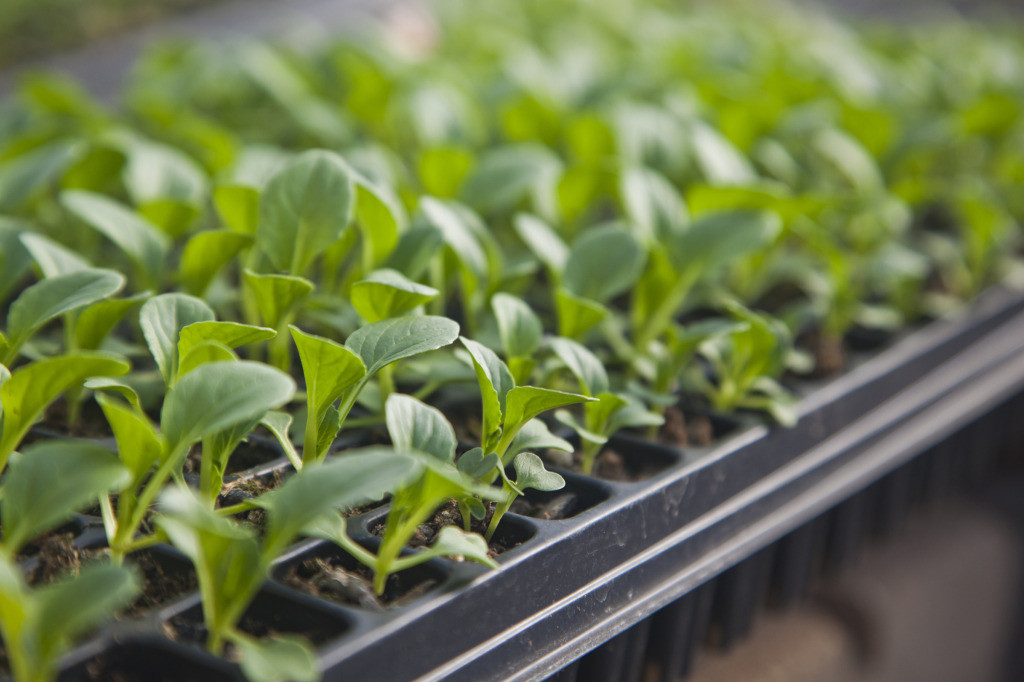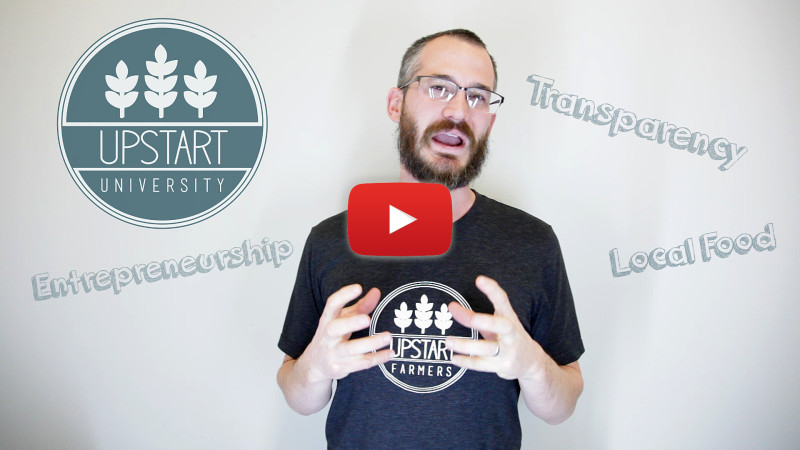So you’re building a farm…
Maybe it’s 200 square feet, maybe it’s 20,000.
Either way it’s a big investment, and you want to make sure that it’s going to work out, right?
You wouldn’t get engaged to a person without knowing anything about them. And you shouldn’t commit to a commercial system without knowing about it, either…
The problem is, a person’s dating profile isn’t always accurate. “I own my own business,” the profile says. But what you aren’t told is that the business is a lemonade stand. (Don’t misunderstand us- we love lemonade stands. As a slightly weird hobby. Or when being run by a cute kid.)
We don’t think that anyone should have to commit to something that they aren’t 100% comfortable with. After all, this is your livelihood we’re talking about!
We care about your long-term success, so we’re going to illuminate one of the most mis-understood (or mis-represented) areas of vertical farm investment: metrics.
There’s one metric that’s particularly deceitful… Plant numbers.
What does “plant numbers” really mean?
Say you ask a company for a quote on a bunch of their growing tools. You get back something like,
“You can grow 3 billion plants in your acre of land!”
Woah! So exciting!
Right? You’re picturing yourself among stacks of basket-ball sized cabbages and mountains of luscious basil.
But six months later, you’re looking at a bunch of measly little plants packed too densely in badly planned growing systems.
And that’s the problem with dependence on plant numbers.
Plant numbers are a completely useless metric; you don’t sell your crops by plant number, so why would you measure them by plant number?
Which metrics actually matter?
More likely, you’ll be selling your plants by weight.

Ask the produce manager of a grocery store what he’s selling fresh herbs for, and he’ll say something like “about $3.50 per ounce.”
He doesn’t care how many plants you can offer him. (For all he knows, you could be selling him seedlings.) What he really wants to know is how many pounds, ounces, or grams you can sell him. Weight.
The moral of the story?
Never, ever trust plant numbers. Or if you absolutely must, get detailed information on how the plants are grown- spacing, nutrient access, light access, etc.
Even then, you’ll want to use that data to estimate a harvest weight.
What metrics should you pay attention to?
There are several pieces of information that will be useful to you.
Harvest Weight
The first is the weight you can expect to be harvesting. Make sure you ask these questions:
- How does the harvest weight vary from crop to crop? Get the right numbers for each crop.
- How long is the turn for this crop? (Lettuce and similar greens take about 5-6 weeks for a turn, for example.)
Growing Unit Square Footage
A second is how many square feet per unit. Make sure you ask:
- Does this spacing allow for adequate light?
- Does this spacing leave room for workers to move around and easily access the growing units?
- Does this spacing affect how much physical labor is involved in maintaining and harvesting from the system?
- Will the spacing negatively affect the size or health of the plants?
Crop Price

Another is the average price of that crop in local markets.
- What does live sales add to that price? (And is the market receptive to it?)
When it comes to market price, you want to be careful not to go with the flow if you don’t need to.
Be aware of the value that your produce offers beyond other produce- it is days (if not weeks) fresher, local, and more sustainably produced.
How to avoid a really awkward date… er, farming experience
Sadly, not many companies are willing to give you a harvest weight estimate.
Some of them have not done the research, and so don’t have the data, and others have the data, but avoid the question.
Regardless of what a company is willing to give you, however, knowing these hydroponic metrics is key to making a realistic plan. You simply cannot plan without them.
When it comes to planning your livelihood, you can’t let a company keep you in the dark. Don’t let them!
The best way to avoid this is to work with people who will be honest and transparent with you.
Sounds pretty great, right?
You’ve come to the right place.
Email us at [email protected] or check out our website for comprehensive pricing on your hydroponic farming system.
Want more?
Join our Upstart Farmers University!







